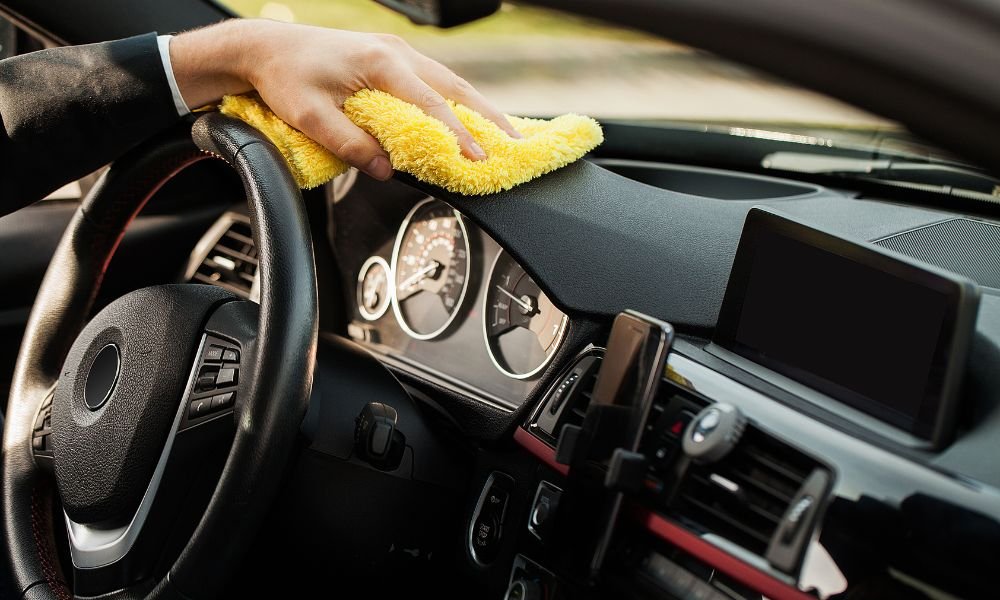Here Are Five of the Most Heroic Dakar Rally-Winning Cars Ever
Now hosted in Saudi Arabia, the 43rd edition of what used to be known as the Paris-Dakar Rally featured Honda taking the overall win with a 1-2 on two wheels thanks to Argentinian ace Kevin Benavides and America’s Ricky Brabec, followed to the podium by British KTM rider Sam Sunderland. In the top car class, aided by his new co-pilot Édouard Boulanger, Stéphane Peterhansel scored his eighth triumph on four wheels, marking his 14th title with six motorbike wins as well. What’s more, 2021’s victory comes 30 years after “Mr. Dakar’s” first win with Yamaha in 1991.
The Frenchman once again drove a fully custom Mini John Cooper Works Buggy built by the experts at X-Raid, a car that also took third place on the podium with Carlos Sainz, behind Nasser Al-Attiyah’s Toyota GR Hilux placed second. As amazing as these trucks are, it’s worth remembering that up until around 1985, amateurs had a fair chance of winning this challenge with converted road cars built in a shed, or a basic 4×4 lifted for dune duty. V8-powered Range Rovers took home two of the three first Dakar trophies. However, when looking at our favorites, it would be rude not to mention the Mitsubishi Pajero, an off-roader that was part of the Dakar story from 1983 until 2009, with its first win in 1985 and 11 more until 2007’s with—who else—Stéphane Peterhansel behind the wheel.
With Volkswagen, Mini, Peugeot and Toyota battling it out with their extreme diesel buggies in the last decade or so, it’s time we looked back at five unlikely Dakar heroes, sometimes powered by the most humble of engines.
5. Volkswagen Iltis, 1980
The story of how the 70, or perhaps 75-horsepower Iltis could win the second Paris-Dakar Rally is a fun one. Basically, Volkswagen had this truck built by Audi using its experimental four-wheel-drive system that later evolved into Quattro, and because this was a niche vehicle that was expensive to produce, VW decided to campaign four of these at the 1980 event, hoping to attract a contract from the French military.
The second Dakar saw fellow vehicle manufacturers Yamaha, Lada and BMW taking part, as well as the introduction of a truck class. As a result, the number of competitors went up from the previous 170 to 216. Only 81 teams completed the event. 49 cars of 116, 25 bikes of 90, and seven trucks out of the 10. The mighty Iltis turned out to be unstoppable. While according to Patrick Zaniroli, their vehicles were closer to stock, the Audi-developed 4x4s still headed towards Senegal with bigger carburetors, hotter camshafts, and of course the selectable four-wheel drive offering an extra low-gear for those tricky dune situations.
Team Volkswagen took first place with Freddy Kottulinsky and Gerd Löffelmann, second with Zaniroli and Philippe Colesse, and fourth with Jean Ragnotti and Georges Vaills, because the podium wouldn’t have been the same without the French Marreau brothers’ equally four-wheel drive Renault 4 Sinpar.


